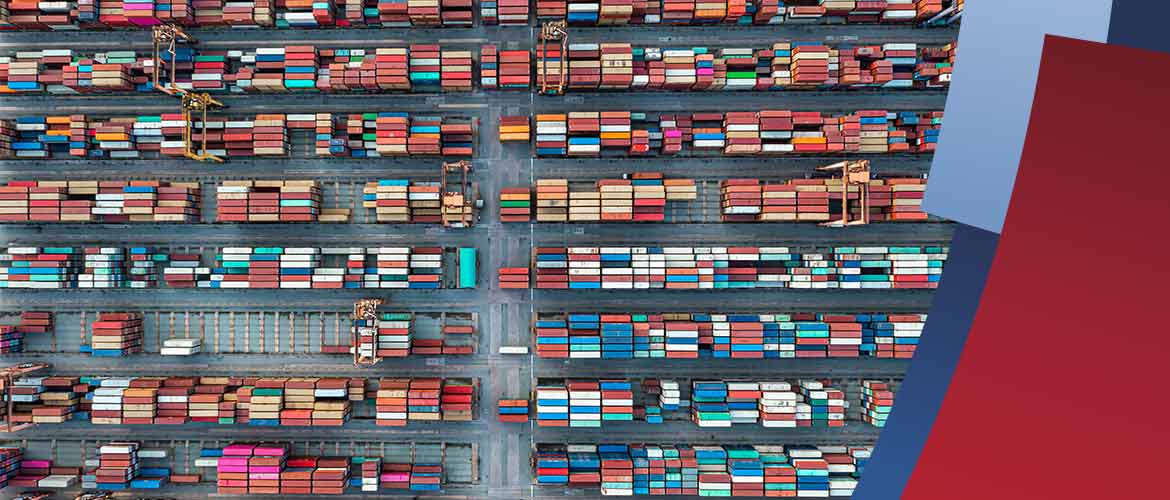In today’s globalised marketplace, where the demand for immediacy grows by the day, it is increasingly important to have a fast and consistent supply chain. The challenge is to achieve this without significant price increases.
Reducing time and costs in the supply chain has a direct impact on the productivity and competitiveness of companies engaged in manufacturing, distribution and marketing. It is not an accident that the supply chain is also known as the value chain, as products acquire greater value as they move through it.
What is a supply chain?
The supply chain comprises all the processes necessary to sell and deliver any product to the customer. Journey through the supply chain entails the initial supply of raw materials, production and manufacturing, to the final logistics and transport phase where the product is distributed to the end consumer.
How distribution and logistics work
The functioning of the supply chain can be divided into three fundamental phases: procurement, production and logistics.
- Procurement
The first stage of the supply chain involves supplying production sites with the raw materials needed to manufacture their products.
2. Production or manufacturing
This second stage refers to the entire process of transforming raw materials into the final products that reach the market. In other words, it covers all the processes that are carried out in the production plant to manufacture the products.
3. Logistics and distribution
Finally, it is time to get the products to the end customer. This third phase encompasses a series of processes ranging from storage to distribution, transport, sales…
The difference between supply chain and sourcing chain
It is a common misconception to confuse the supply chain with the sourcing chain. However, these two concepts are not synonymous.
The supply chain:
– It encompasses all the processes from the manufacturing of products all the way to their delivery to the end customer.
– It involves suppliers, traders, manufacturers and distributors.
The sourcing chain:
– This refers specifically to the logistics and transport processes so that products are delivered at the lowest possible cost.
– It involves only the customers and the logistics operators that deliver the final product to them.
An example of a supply chain
Let’s take a practical example of how the supply chain works. This could be the case of a sportswear e-commerce. Every time a pair of sports shoes is sold in the online shop, the distribution centre closest to the customer must have that item in stock in the right colour and size in order to ship it as quickly as possible.
To achieve this, the supply chain must have functioned correctly at all stages. From the procurement of the raw materials from the manufacturer, through the manufacturing and transport processes, to the delivery of the sports shoes to the online shop’s warehouses. The supply chain encompasses all the actors involved, including the e-commerce itself, which is responsible for delivering the shoes to the end customer.
A good way to optimise the supply chain is to outsource logistics services to a specialised provider such as Noatum. In this case, the use of the most advanced logistics management software allows for a significant reduction in costs and times. The advantage of such an approach is that it allows the e-commerce business to focus on doing what it does best (generating sales), while leaving the complex world of logistics to us.
